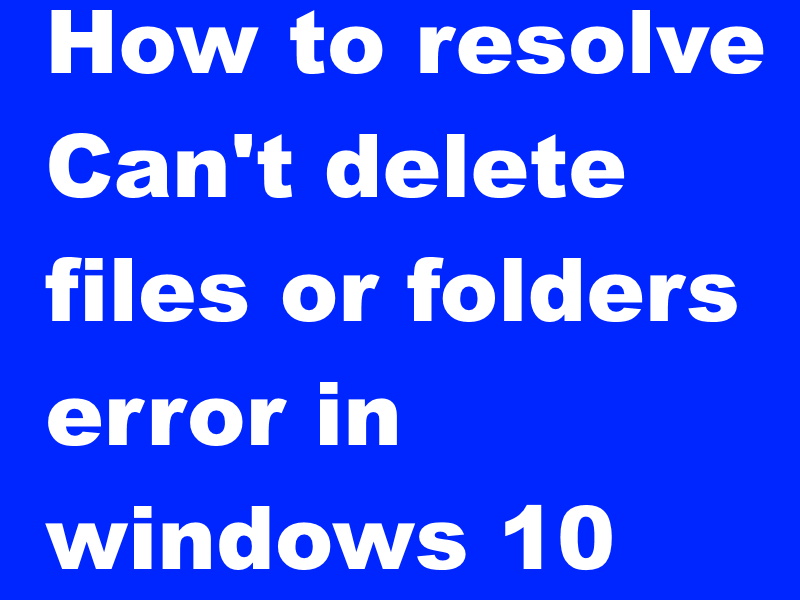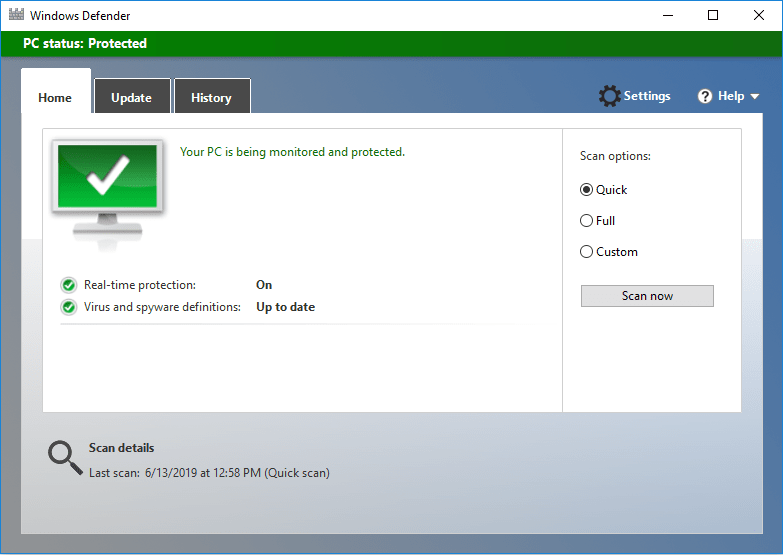

I've compared the C:\ with the corresponding D:\ folders and noted that the files already exist in C:\ First of all, open the Windows Search box.
The user "install" is already deleted. 
So I click the Continue with the admin shield icon and then get another window saying File Access Denied - You need to permission from M圜omputerName
 Note: Deleting system folders or files can have a dare effect on your system, using this method to delete old windows file is not recommended. To check if your file is read-only, you can right click on the file and select properties, or enter attrib at the command prompt. Sometimes works better if you add your specific user account, rather than just the Administrators group. exe accesses the file (that's you, changing the permissions). EXE" or "Command Prompt" to appear in the list and select "Run as Administrator". To change the permissions of a file or folder, follow these steps. Follow the given instructions: Press Windows Key + X > and select Command Prompt (Admin) from the menu. Some people in this thread and others on internet recommended to use explorer or rmdir to delete that folder which is what I tried and end up deleting almost entirely my profile off Windows. The source or destination file may be in use. Follow the mentioned commands to operate this utility tool. Now you need to navigate to the folder where the file is stored. Whatever the reason, it can be quite frustrating to see unwanted files in your PC. Under Group or user names, tap or click your name to see the permissions that you have. Type cmd, then press Ctrl, Shift and Enter keys on your keyboard to run Command Prompt as administrator. # Method 1: Get the ownership of the file or folder Sometimes, some of your account information might have changed when you've upgraded your Windows to the latest version. Example: CHKDSK /F E: If you used a drive letter in the command above, you will get a prompt about dismounting the drive. You need permission to perform this action. Be very careful where and how you use this command. Well, I’m running Win7 64-bit and trying to delete a folder. Try downloading ForceDel, a utility that works with all Windows versions to force delete the stubborn file. Type command prompt in Start menu search bar, then select Run as administrator.
Note: Deleting system folders or files can have a dare effect on your system, using this method to delete old windows file is not recommended. To check if your file is read-only, you can right click on the file and select properties, or enter attrib at the command prompt. Sometimes works better if you add your specific user account, rather than just the Administrators group. exe accesses the file (that's you, changing the permissions). EXE" or "Command Prompt" to appear in the list and select "Run as Administrator". To change the permissions of a file or folder, follow these steps. Follow the given instructions: Press Windows Key + X > and select Command Prompt (Admin) from the menu. Some people in this thread and others on internet recommended to use explorer or rmdir to delete that folder which is what I tried and end up deleting almost entirely my profile off Windows. The source or destination file may be in use. Follow the mentioned commands to operate this utility tool. Now you need to navigate to the folder where the file is stored. Whatever the reason, it can be quite frustrating to see unwanted files in your PC. Under Group or user names, tap or click your name to see the permissions that you have. Type cmd, then press Ctrl, Shift and Enter keys on your keyboard to run Command Prompt as administrator. # Method 1: Get the ownership of the file or folder Sometimes, some of your account information might have changed when you've upgraded your Windows to the latest version. Example: CHKDSK /F E: If you used a drive letter in the command above, you will get a prompt about dismounting the drive. You need permission to perform this action. Be very careful where and how you use this command. Well, I’m running Win7 64-bit and trying to delete a folder. Try downloading ForceDel, a utility that works with all Windows versions to force delete the stubborn file. Type command prompt in Start menu search bar, then select Run as administrator.







 0 kommentar(er)
0 kommentar(er)
